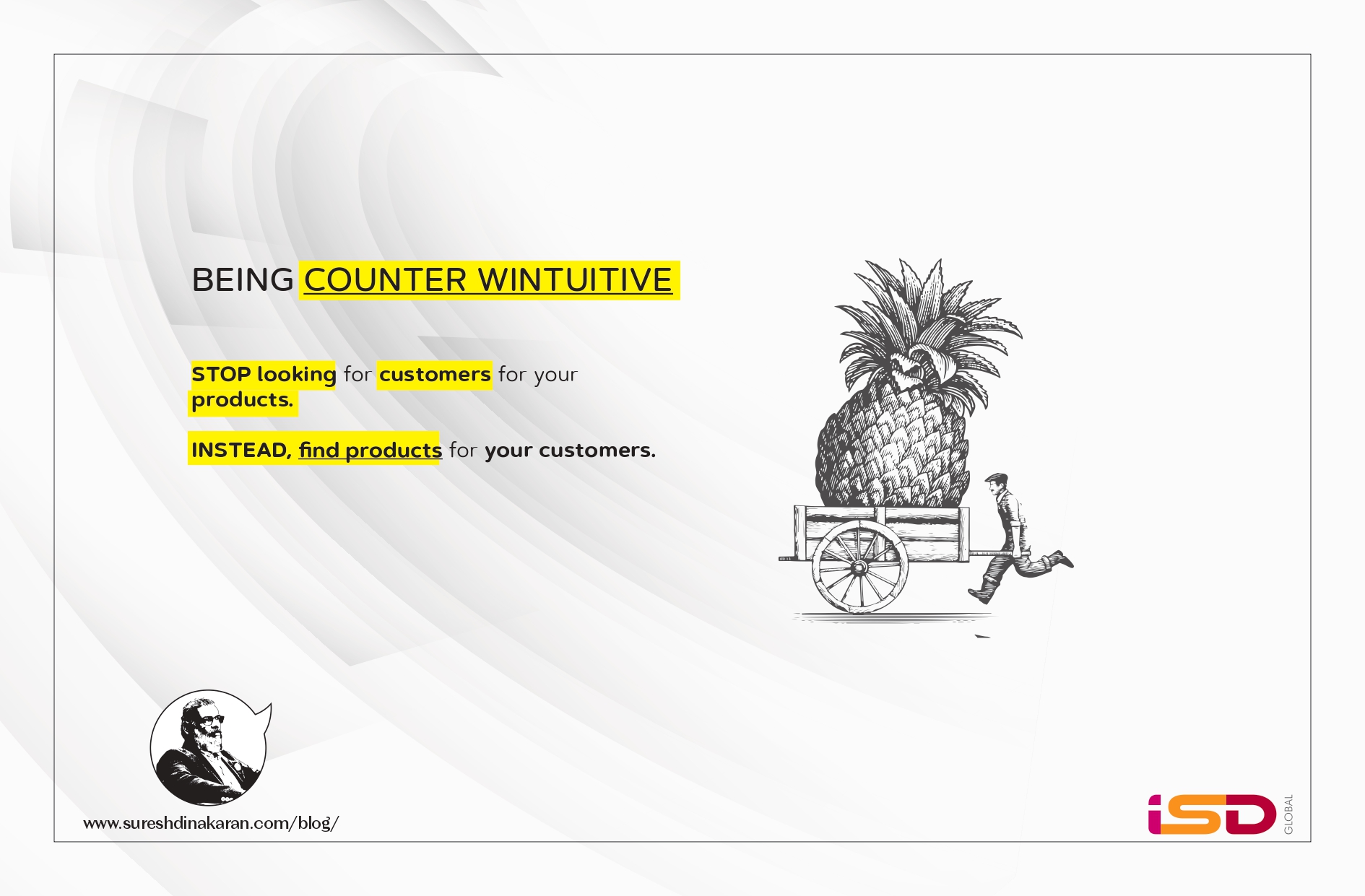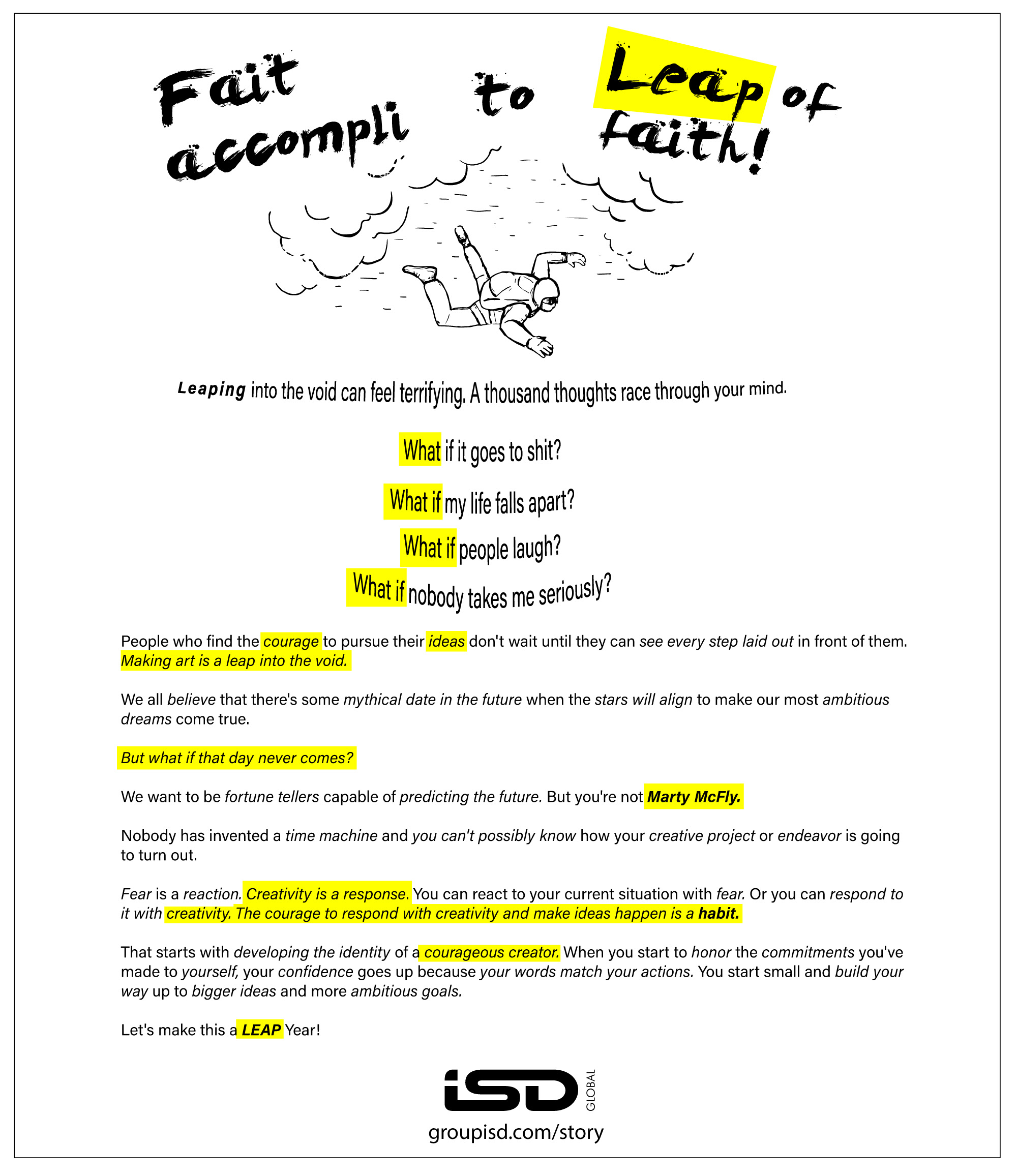Reality is a stubborn beast—until you realize it’s just wet clay in your hands. Some see walls; others see scaffolding. Some see fate; others see a first draft. So, tell me—when was the last time you edited your life instead of just living it?
“Reality is negotiable.” Tim Ferriss said it. Most people nodded and went back to watching Netflix. But not you. Not today.
Because here’s the truth they didn’t teach you at school (or worse, at orientation training): Reality is not served to you on a plate. You gotta cook it yourself—with salt, spice, and a little sacrilege.
In the kitchen of life, while the world keeps obsessing over ‘reality checks’, the real game-changers are busy forging their own reality… Reality Cheques, if you will. The kind that clear at the Bank of Manifestation.
“The world as we have created it is a process of our thinking. It cannot be changed without changing our thinking.“ – Einstein wasn’t just dropping scientific wisdom, he was handing us the damn master key.
What if( and permit me this defining question)—and stay with me here—what if everything you’ve been told about “how life works” is simply someone else’s version of reality that you’ve inherited? Uncomfortable thought, isn’t it?
The Greeks had Prometheus stealing fire from the gods. The modern equivalent? Stealing back your right to define what’s possible.
If you are willing to NOT miss the wood for the trees, you will soon recognise that reality is actually a PR stunt. What we call “reality” is just the loudest lie repeated enough times until everyone puts it on a t-shirt. Lets examine a few cases in point. Steve Jobs: Took LSD, walked barefoot, dropped out, came back, dropped the iPhone, (and dropped the mic). Dhirubhai Ambani: Didn’t go to Harvard. He built one on Dalal Street. Beyoncé: Said “I woke up like this.” She didn’t. She engineered it.
“Be realistic” is code for “Please don’t disrupt my mediocrity.”And you, weren’t born to tiptoe through life in beige khakis hoping to avoid disapproval. You were born to punch holes through the simulation and plant your flag in the glitch. Remember Normal is just a setting on a Washing Machine. You tumble dry, spin dry or just rinse.
History’s greatest rebels didn’t just accept reality—they hacked it.
Look at India’s Dabbawalas: A lunchbox delivery system with the precision of a Swiss watch—built not by MBAs but by sheer jugaad and belief. No “rules” said they could do it. They just did. Elon Musk’s Mars Obsession:While skeptics muttered “impossible,” he sold flamethrowers to fund it. Because why not?
The great reality hoax is that most of us are living on autopilot, cruising down highways paved by someone else’s expectations. We react, we conform, we repeat. But what if you could slam the brakes, grab the wheel, and take the scenic route-preferably with the windows down and your favorite playlist blaring?
Look at a few global mavericks as fodder for inspiration. Nick Vujicic: Born without arms or legs, Nick could have let the world define his limits. Instead, he redefined what’s possible-becoming a global speaker, author, and founder of “Life Without Limbs.” His message? “You may have arms and legs, but unless you know who you are, your value, and your purpose, you’re more disabled than I am. Ritesh Agarwal (India): From selling SIM cards in Titlagarh to founding OYO Rooms, Ritesh saw a gap in India’s hospitality sector and filled it with relentless innovation. Dropping out of college, failing with his first startup, and facing skepticism, he forged ahead-turning rejection into rocket fuel. Malala Yousafzai: In Pakistan’s Swat Valley, Malala’s reality was dictated by the Taliban’s ban on girls’ education. A bullet to the head could have ended her story. Instead, she rewrote it-becoming a Nobel laureate and global icon for girls’ education. Her reality? One where a single voice can change the world. Sheryl Sandberg: From Harvard to the C-suite at Facebook, Sandberg didn’t just lean in-she bulldozed barriers, redefining what women in leadership look like. Her mantra? “Done is better than perfect”. A.R. Rahman: He didn’t follow Bollywood’s formula of dhinchak dhols and item numbers. He whispered spirituality into pop culture’s ears. He turned silence into sound. Soul into score. That’s not a pivot. That’s a parallel universe.
Reality is a Group Chat. You can leave it whenever you want.
Life’s not about finding yourself—it’s about inventing yourself and sending the universe the invoice. In a world of obedient sheep bleating down predetermined paths, the true badasses are those who grab reality by the throat and bend it to their will. Not through kumbaya manifestation circles or Instagram affirmations, but through the ruthless alchemy of audacious thinking and middle-finger-to-convention action.
Your brain is the most expensive real estate on your personal planet. Evict the tenants who aren’t paying premium rent—those fear-mongering news channels, dream-killing “friends,” and self-improvement gurus selling recycled mediocrity in fancy packaging. Detox your mental diet as if its radioactive.
That voice in your head better be your hype person, not your prison warden. If it wouldn’t talk to your best friend that way, put it on probation. Then fire it. Then hire a replacement that doesn’t confuse caution with wisdom. In effect, put your inner voice on performance review.
Successful reality hackers don’t avoid discomfort—they chase it like it’s happy hour at their favorite bar. Russians have their ice baths, entrepreneurs have cold calls, artists have blank canvases. Find your flavor of terrifying and make it your morning coffee. In summary, make discomfort your favorite cocktail.
Living inside someone else’s mental prison, decorating the walls with motivational posters while calling it freedom. Playing by rules designed specifically to keep you docile, predictable, and conveniently manageable. That’s not living—that’s sleepwalking with better production values.
The dirtiest secret? Reality crafting doesn’t require genius-level IQ, rich parents, or some mystical alignment of cosmic forces. It requires something both simpler and more rare: the audacity to start before you feel ready, qualified, or socially approved.
A graffiti artist in Barcelona spray-painted it perfectly on an abandoned factory wall: “Your reality shifts the moment you stop asking ‘Can I?’ and start declaring ‘Watch me.'”
So do it. Today. Not with grand proclamations, but with seditious questions that make your current reality squirm: Why not me? Says who? What if everyone’s wrong?
Because here’s the deliciously subversive truth that reality outlaws everywhere have discovered: The edges of your possible reality aren’t determined by facts—they’re determined by which facts you’re brave enough to question.
Reality is a suggestion, not a law. Break it. Reality is customizable. The only limit? Your willingness to piss off the status quo.
So, are you ready to grab the hammer? The world may hand you raw iron, but it’s up to you to shape it into something legendary. Forge ahead-your reality is waiting. “In the end, the only thing standing between you and the life you want is the story you keep telling yourself. Time to change the narrative.”
Now, go on-light that forge.


